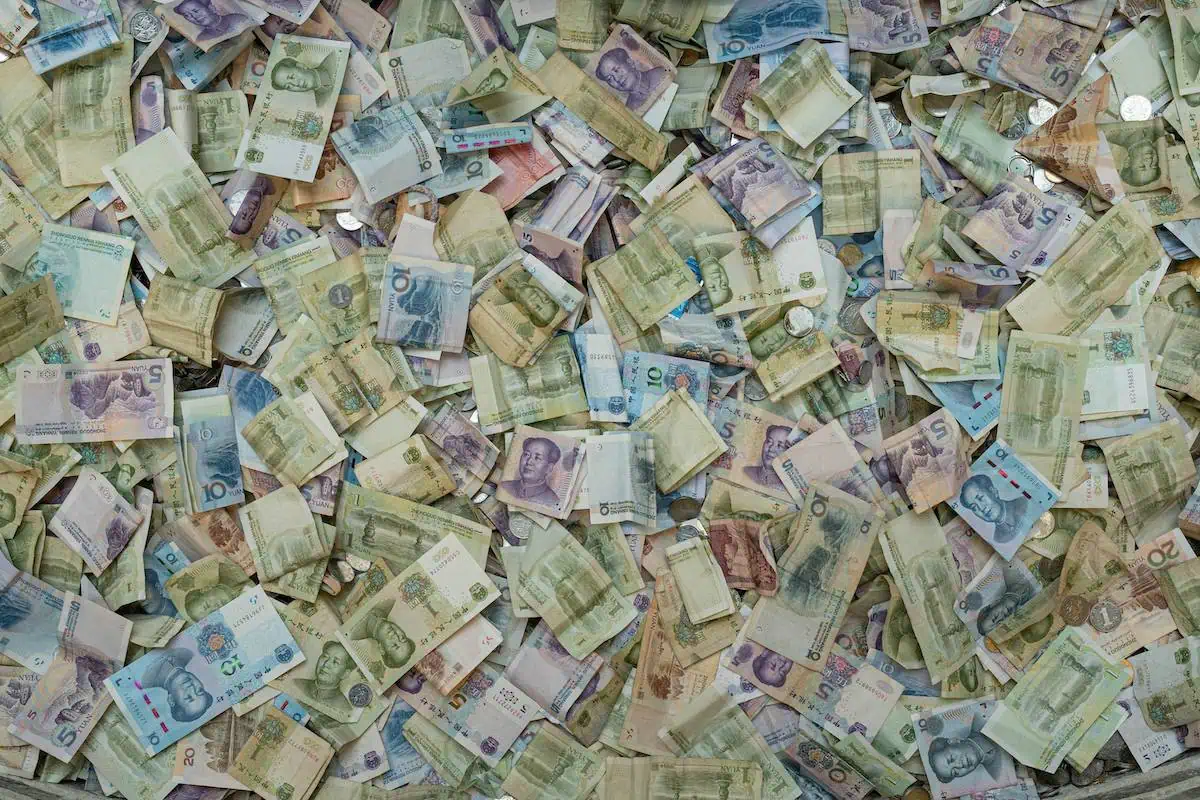Have you ever wondered what drives the most populous nation in the world’s economy? Explore the history, travels around the globe, digital transformation, and role of the Renminbi (RMB), the currency of China, as we delve deeply into this complex dance of global economics.
This story is more about ambition, strategy, and inventiveness than money. So, if you are a newbie in the world of investing, yuan-rise.com can help you by connecting you to one of many investment education firms out there so that you can learn more about investing.
A Thorough Overview of the Renminbi’s Anatomy
More than just a piece of money, the Renminbi, or RMB, represents China’s economic identity. This is where it gets interesting: the RMB is fundamentally broken into smaller units called yuan. Each note’s design tells a tale by showcasing well-known locations and historical individuals from China, acting as a little travel guide.
But how is it run daily? Consider using the RMB to pay for tea in a busy Beijing market or to settle a bill at a chic Shanghai restaurant. These transactions are easy and smooth. But money isn’t the only thing involved—digital payments are growing in popularity, making the RMB an important actor in both conventional and contemporary trade.
The RMB is remarkable because it bridges generations and technologies with its unique blend of innovation and history.
The RMB’s Internationalization: Dreams and Reality
China has a bold and challenging goal of making the RMB a worldwide currency. The objective is for the RMB to have a global currency status akin to the dollar or euro. This has to do with economic strategy as much as prestige. Gaining recognition on a global scale will increase trade and investment in China.
Examples from real life? Take the Belt and Road Initiative, which uses trade to connect China and other nations. The RMB is a critical player in this extensive network, helping to make transactions possible.
It’s not all plain sailing, though. Many obstacles prevent the RMB’s acceptance worldwide, including volatile exchange rates and mistrust among other countries. Nonetheless, China’s ambition propels it forward, rewriting the guidelines for financial interaction.
The Digital Yuan: Creating the Currency of the Future
Presenting China’s wager on the future of money: the digital yuan. The digital yuan combines the security of a government-issued currency with the ease of digital transactions, in contrast to cryptocurrencies, which are self-governing. The convenience of using the digital yuan is comparable to quickly scanning a barcode on your phone to get your morning coffee.
But control and creativity are more important than ease. Thanks to the digital yuan, the Chinese government now has a new instrument for tracking financial movements and advancing economic policies. Users see it as a glimpse into a time when cash will never be needed. China is paving the way for a new era in the digital finance industry as the first significant economy to enter this field.
The Yuan’s Political and Economic Aspects
The RMB is a chess piece in China’s worldwide strategy, not merely money. In terms of economy, the goal is to promote RMB commerce and investment throughout the globe to lessen reliance on foreign money. This is a power maneuver that will increase China’s influence globally.
Think about how it will affect international finance and trade agreements. Holding RMB reserves causes nations to become more economically dependent on China, shifting the balance of power in the world. Critics of this tactic, however, raise concerns about possible overreach and its effects on the stability of the world economy.
Prospective Courses: The Role of the Yuan in a Changing World Economy
Looking ahead, the RMB’s trajectory is both promising and unclear. Will obstacles prevent it from rising to become the primary worldwide currency? Market forces, geopolitics, and technology will determine its course.
There is little doubt that the RMB’s tale still needs to be done. It’s changing, pushing the envelope, and questioning the status quo. The RMB’s function will change along with the global economy, possibly redefining power and money in the twenty-first century.
Conclusion
The RMB’s history is a monument to China’s aspirations and the dynamic character of the world economy, from its origins to its goals on the international scene. One thing has remained constant throughout its history, present, and future: the RMB is an important player in the developing narrative of global economic dominance, not just a currency.

